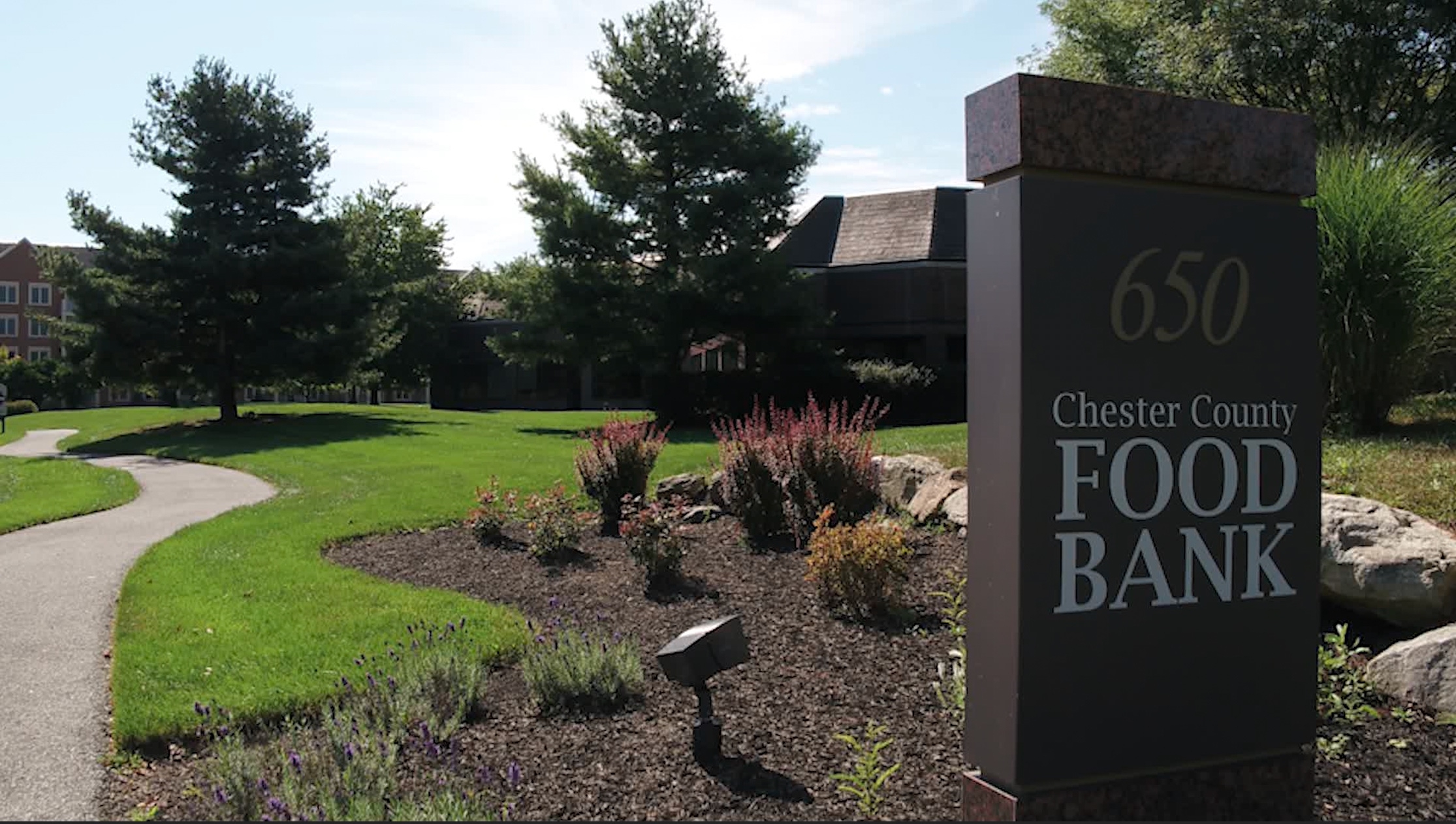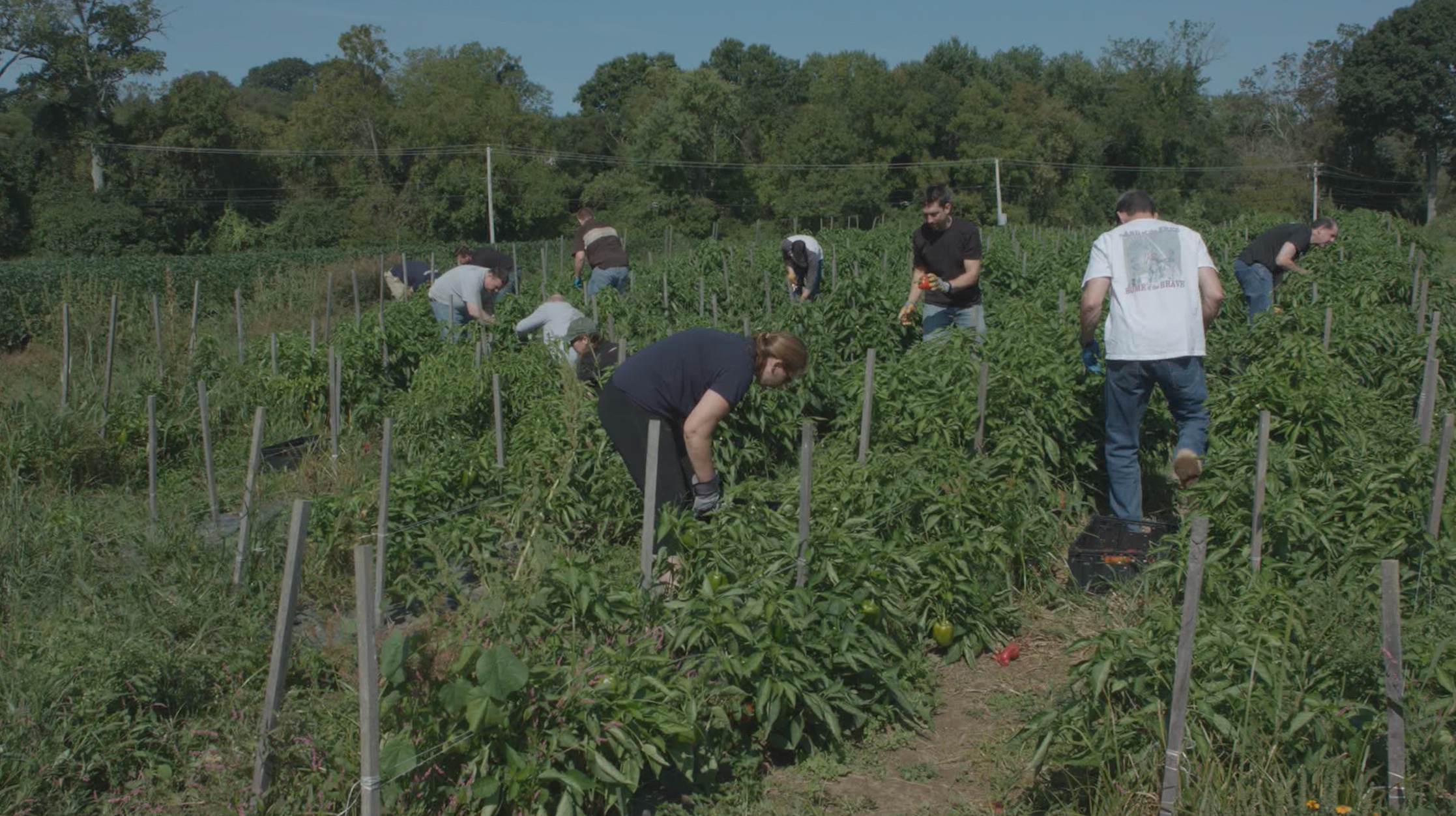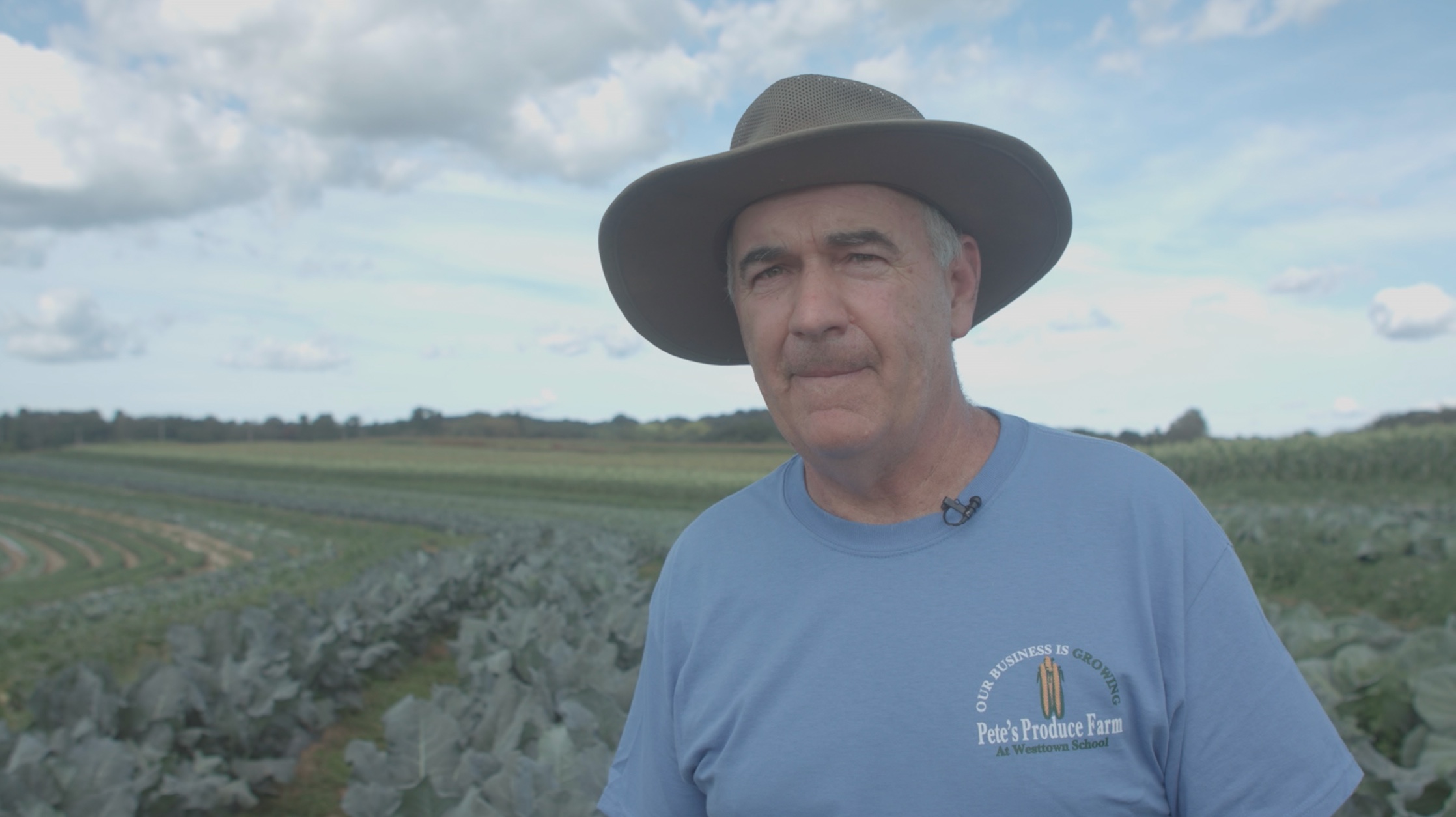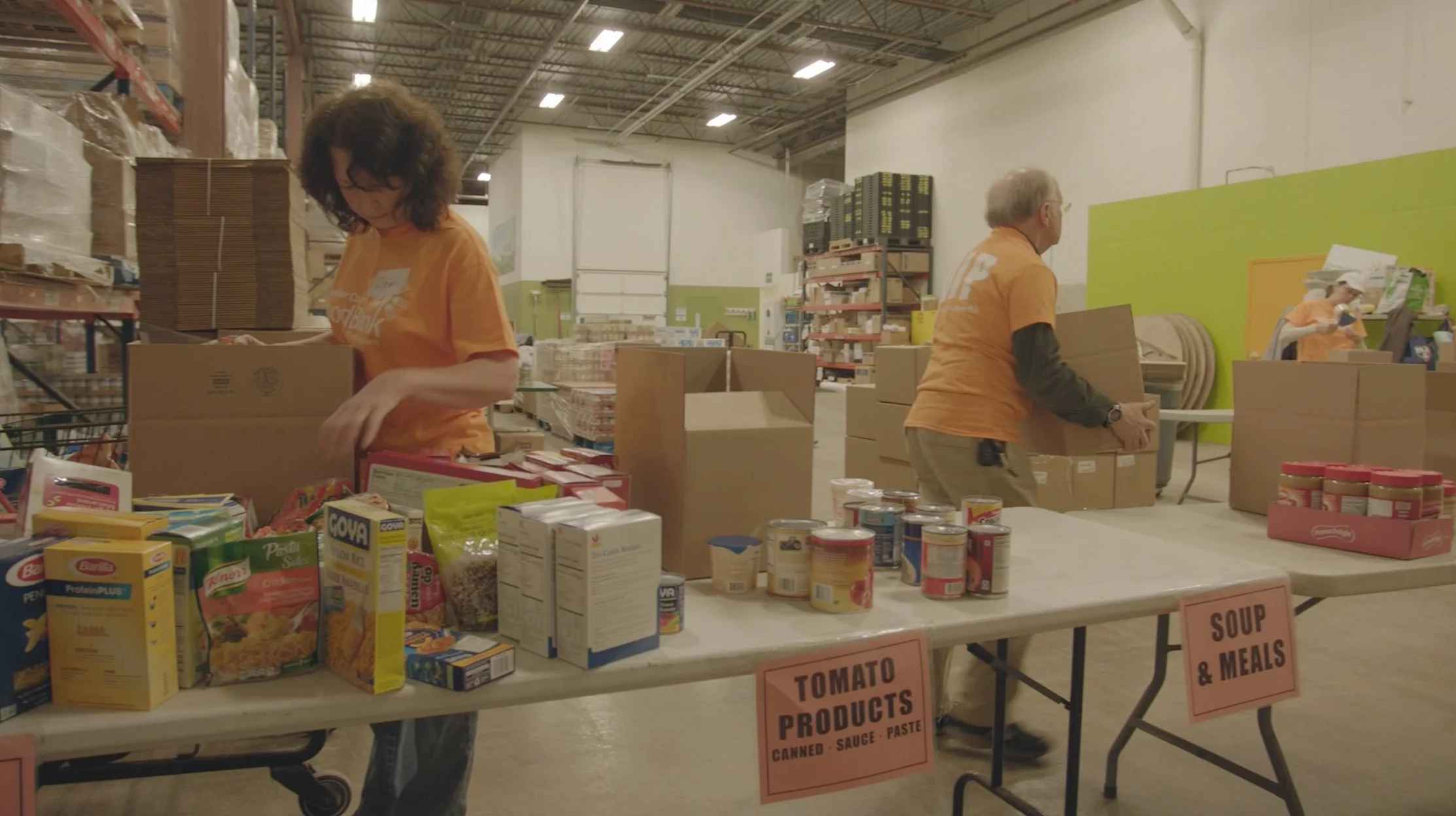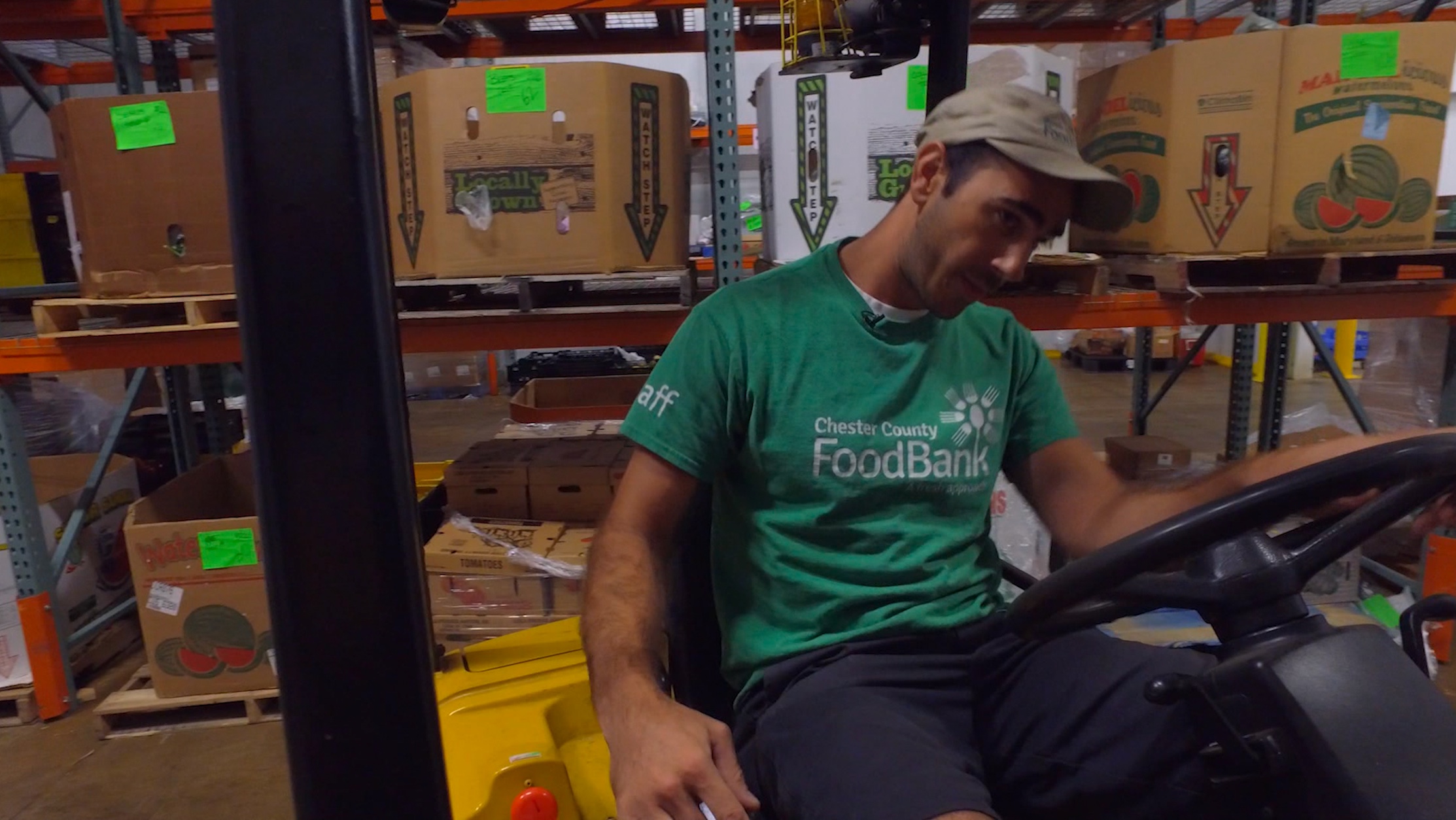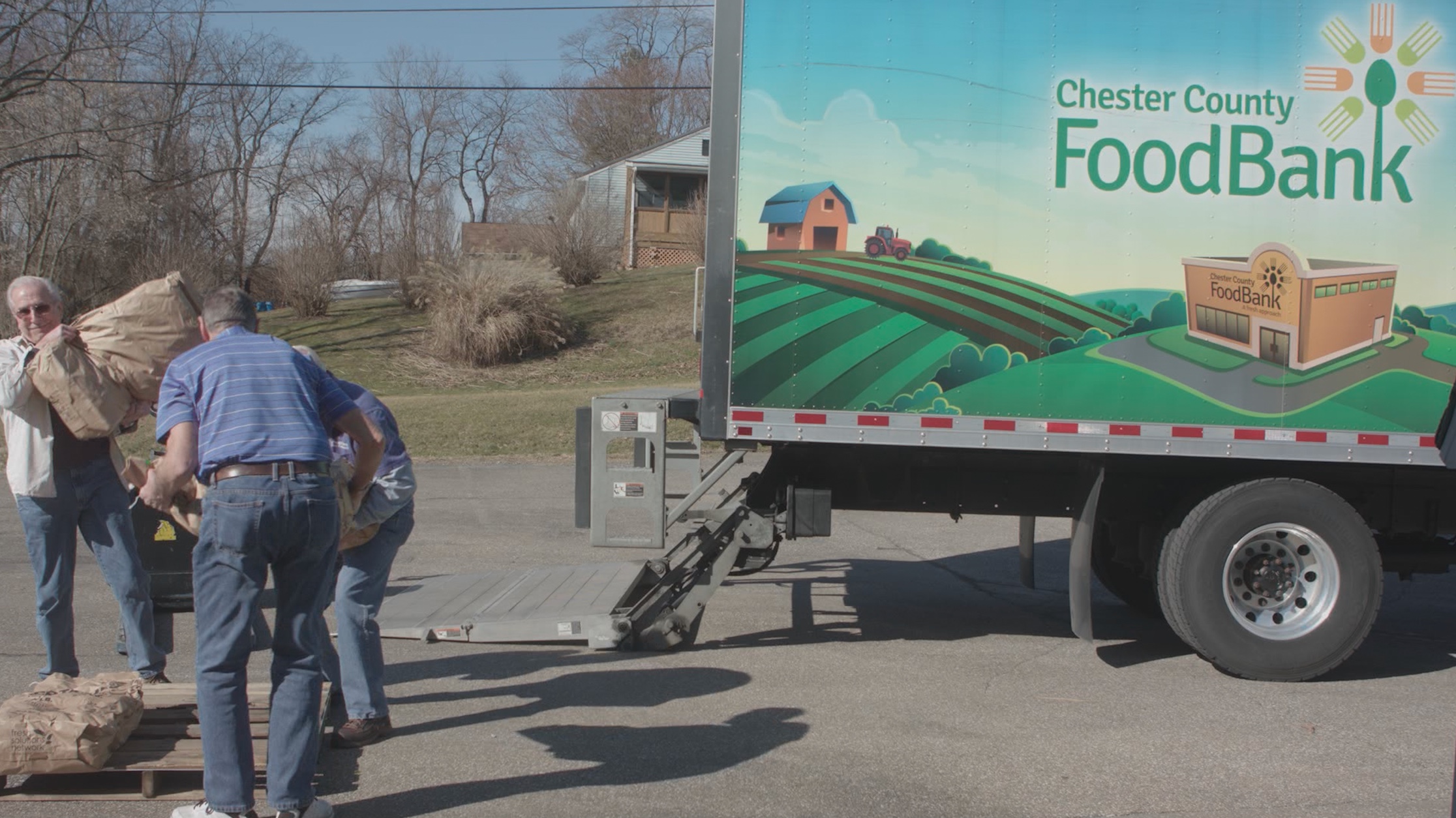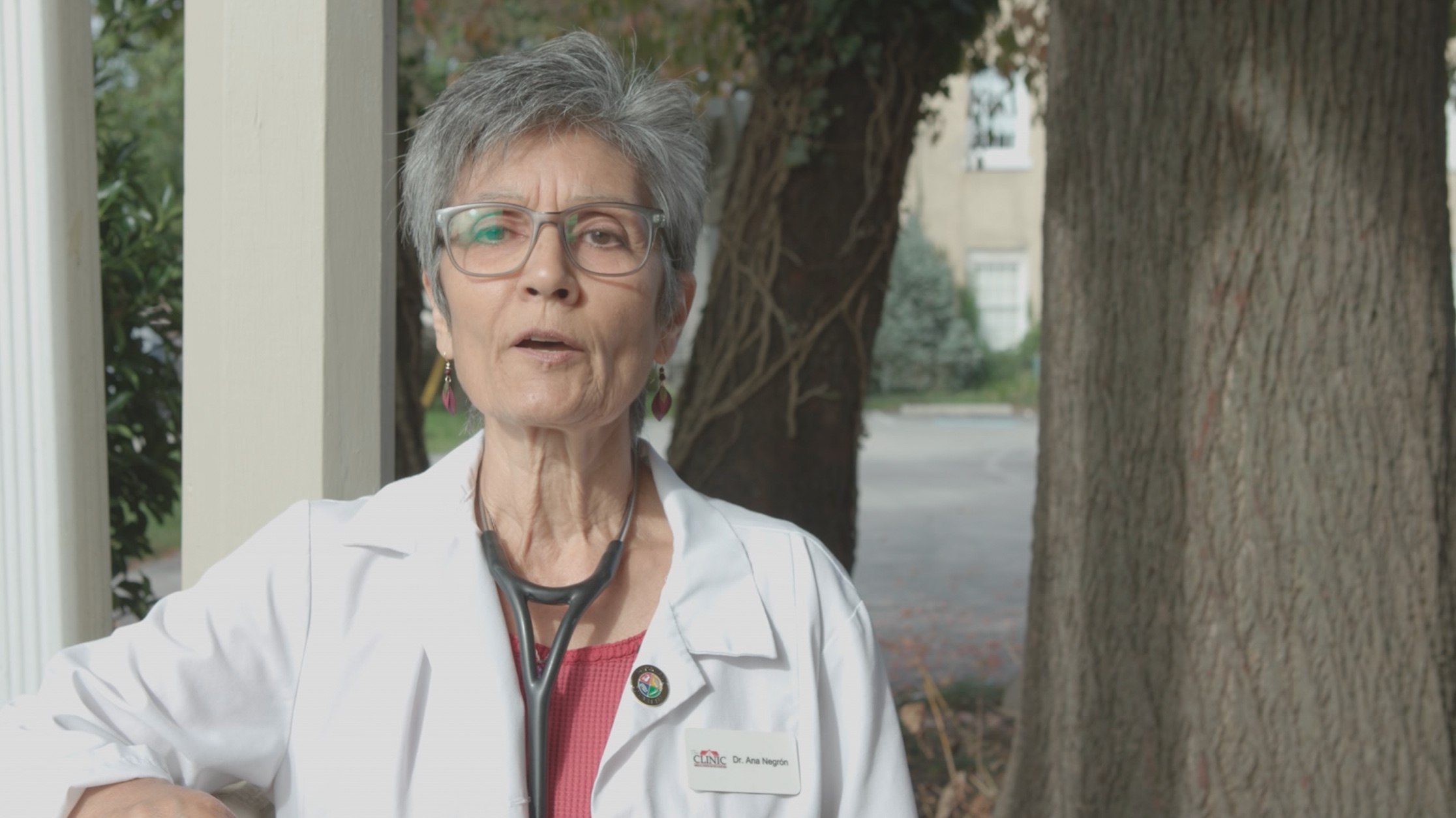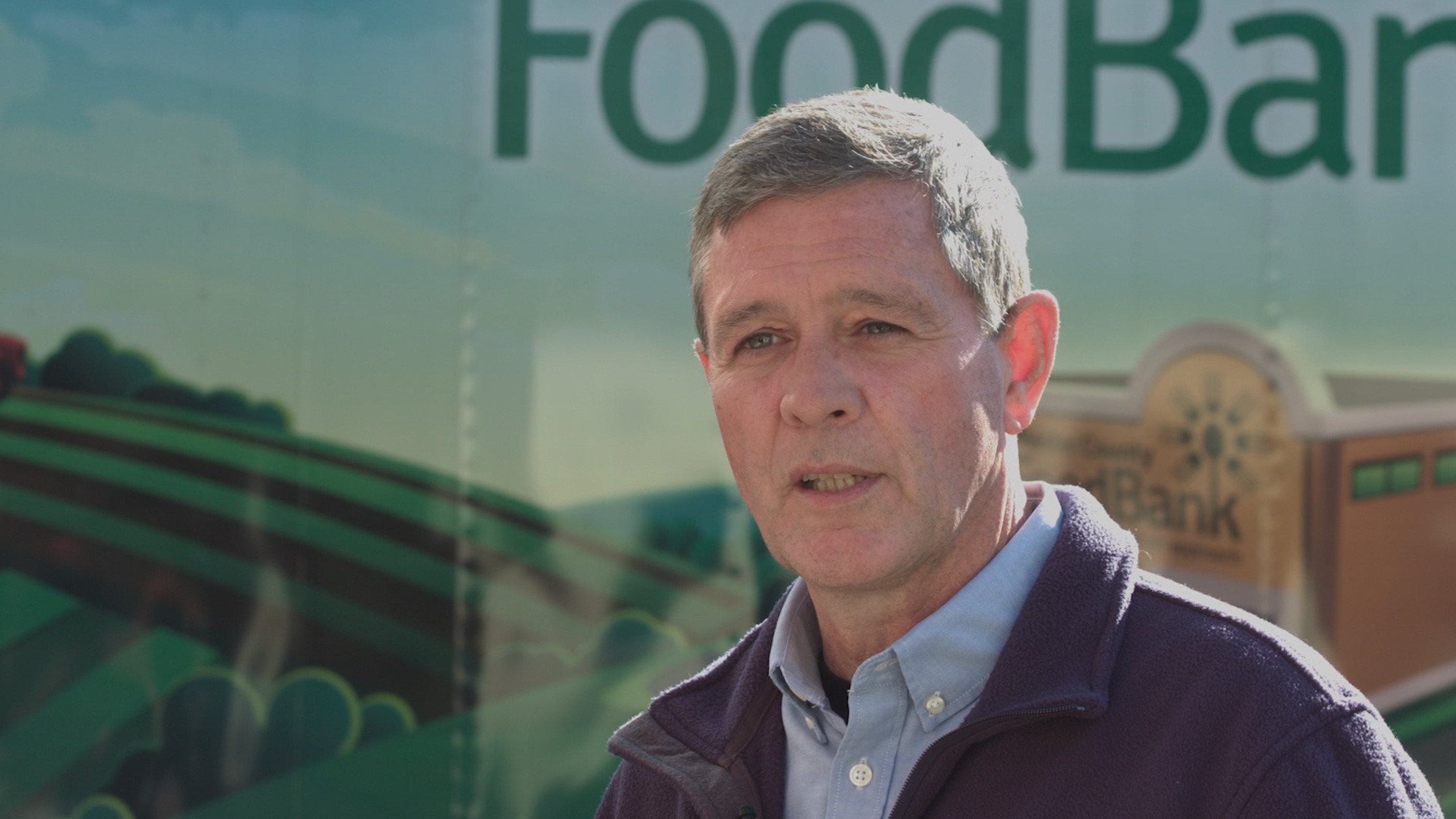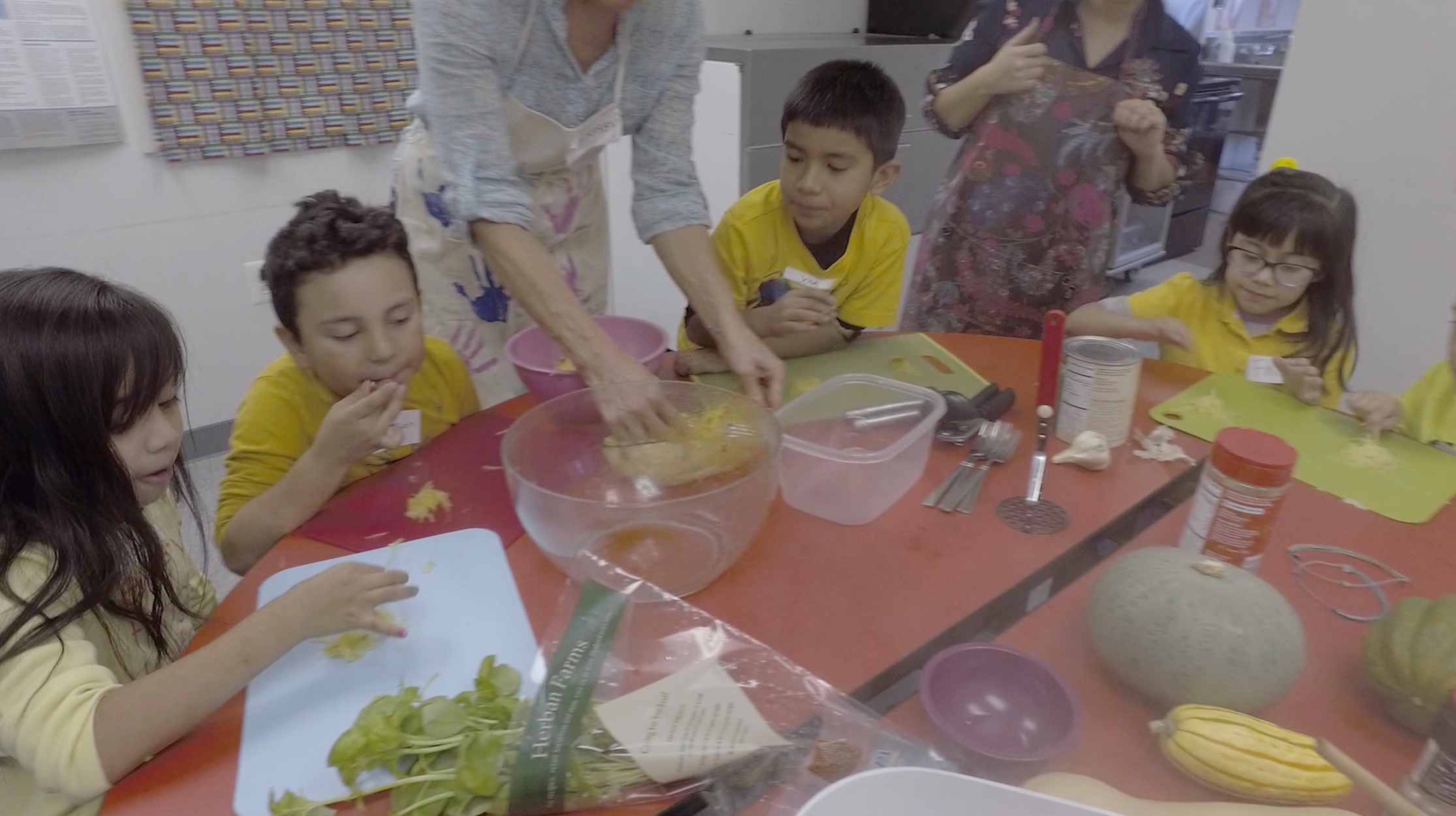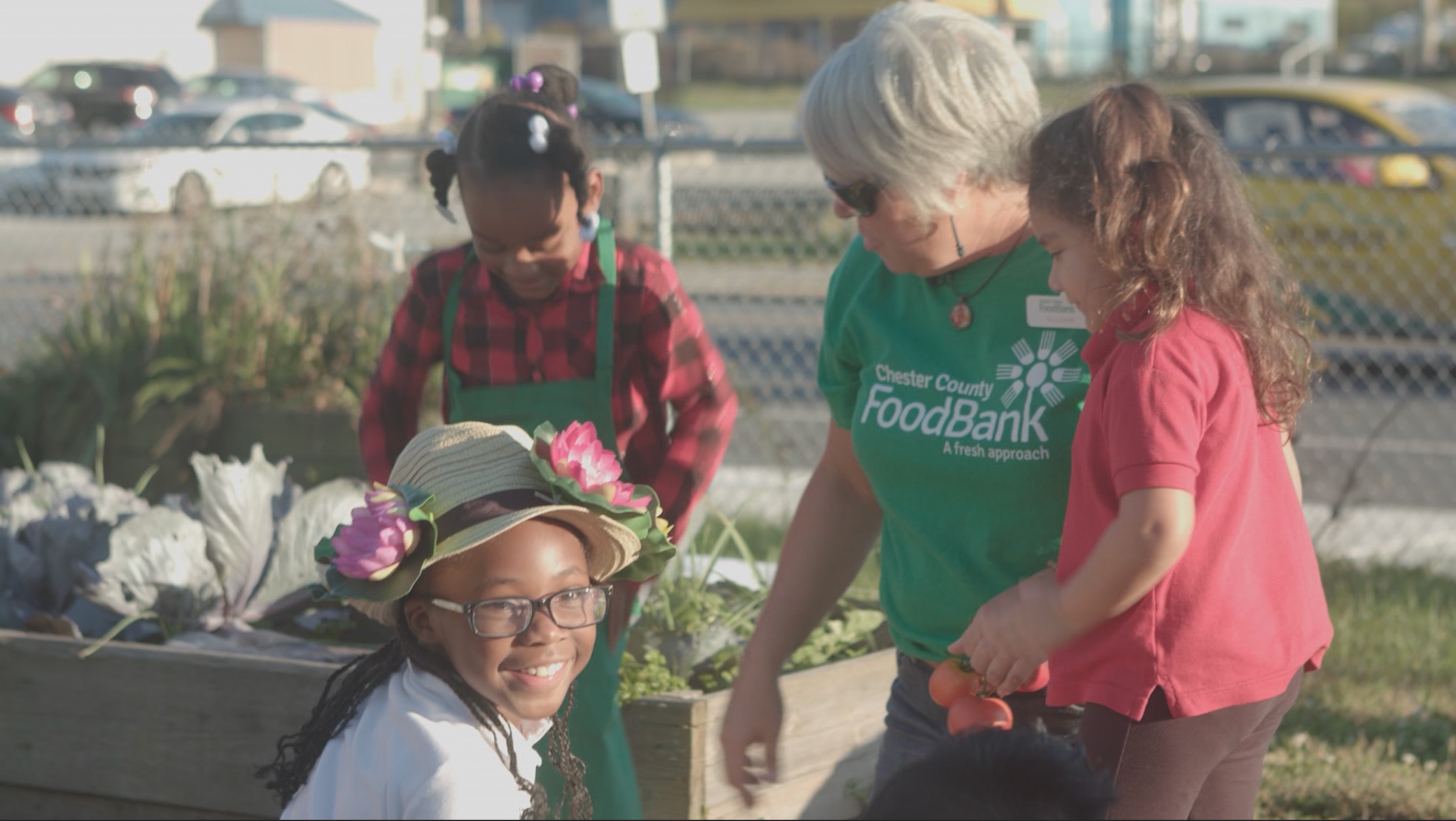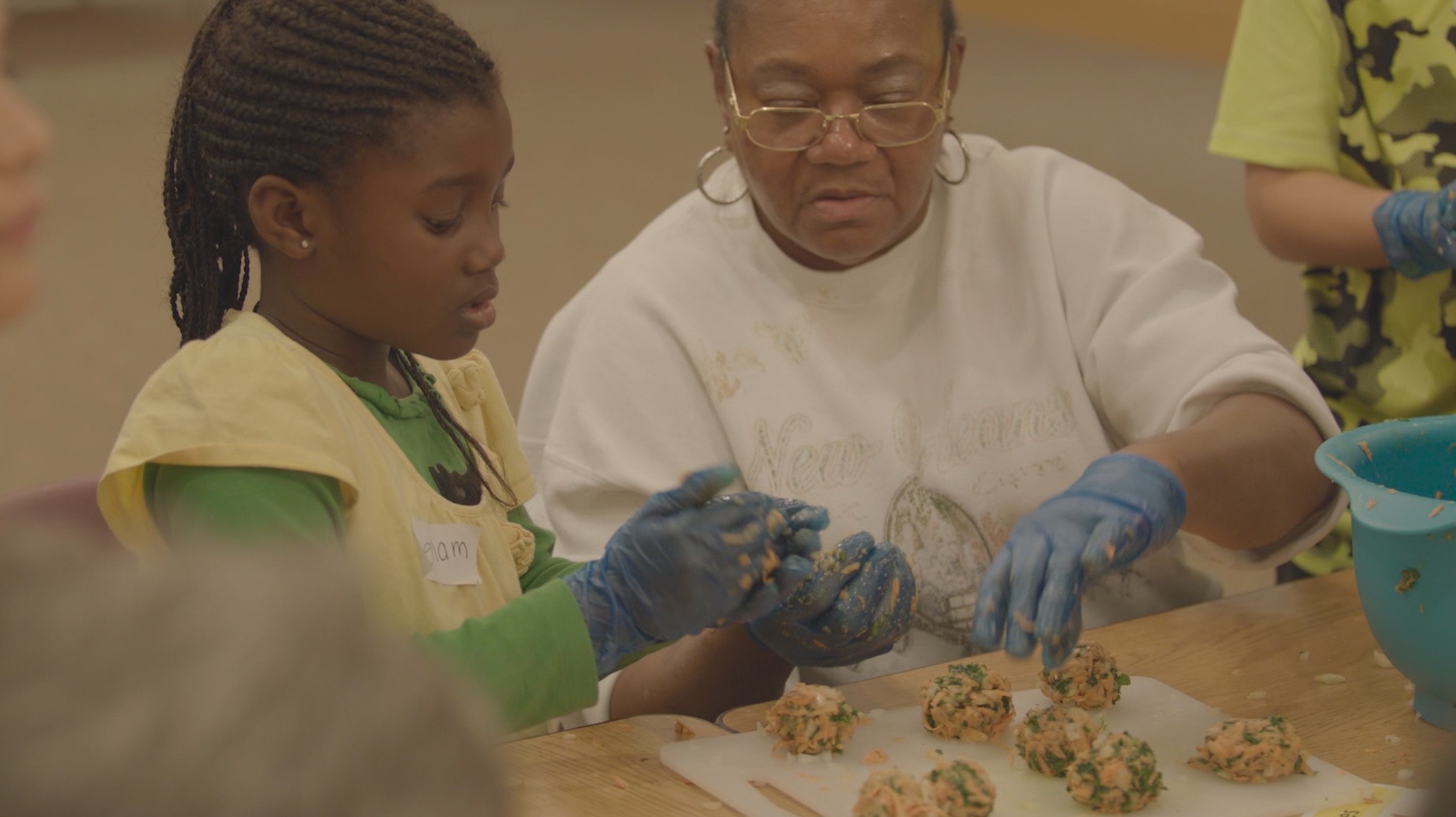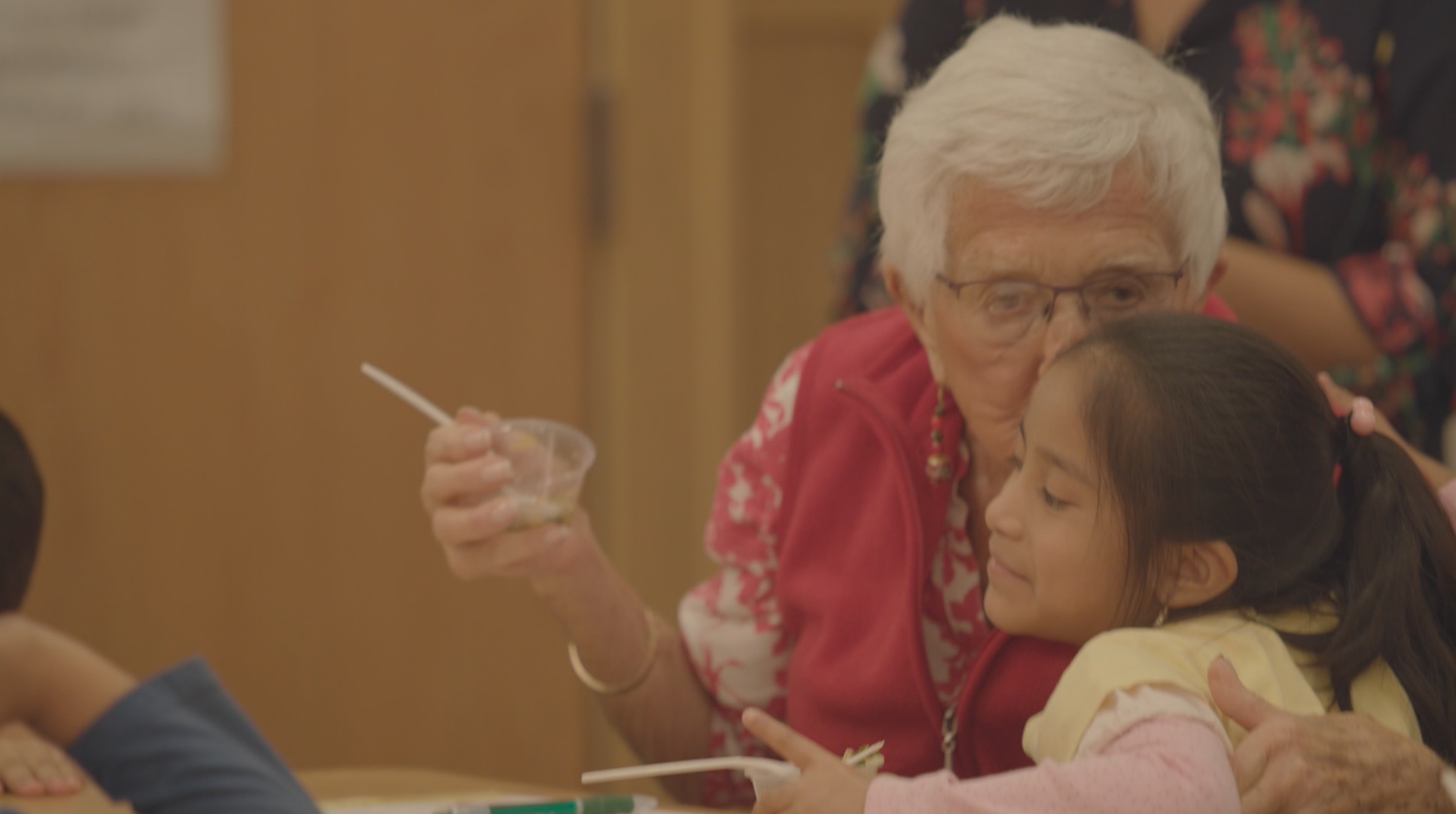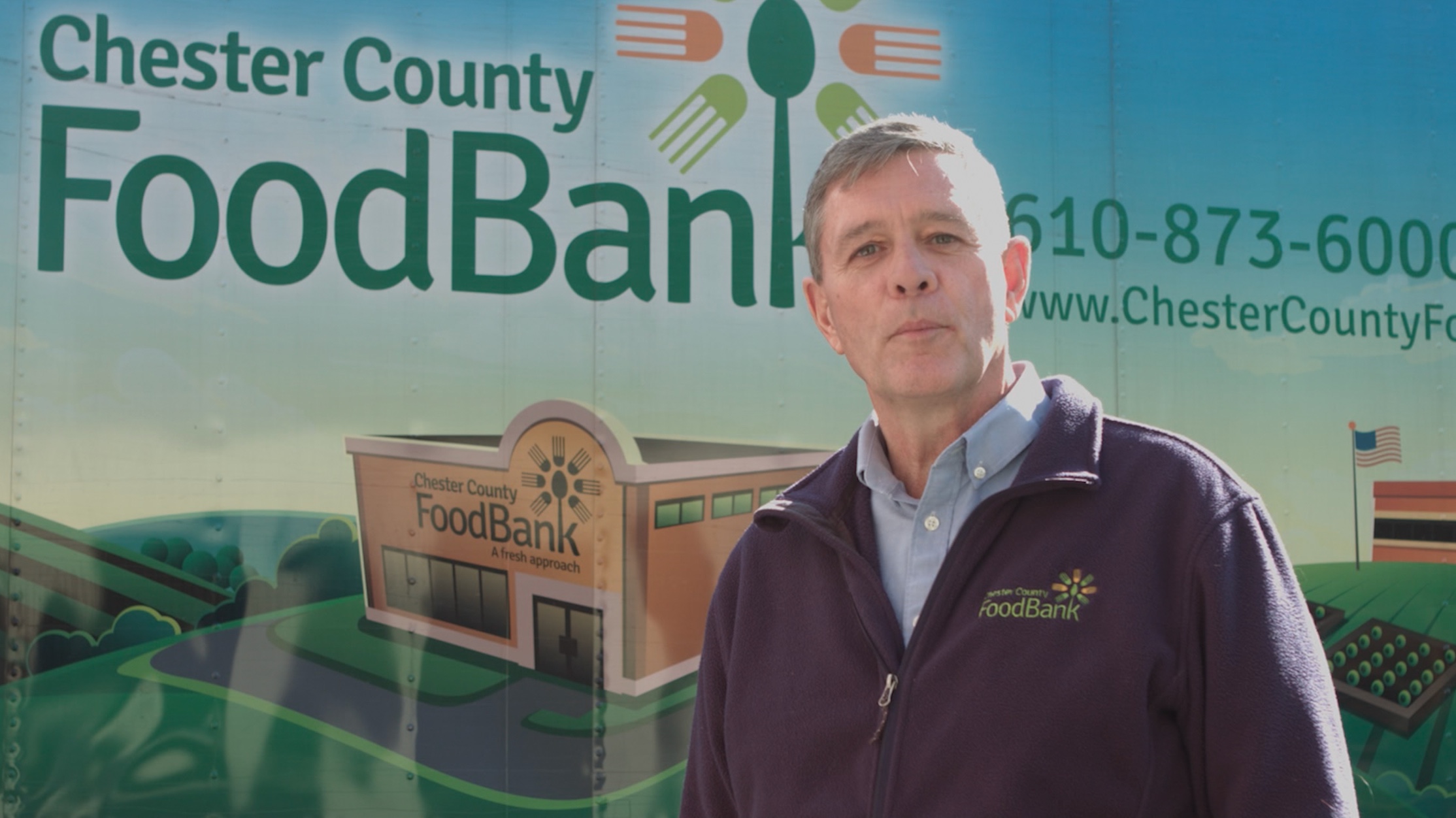Documentary Filmmaking is different than the usual project for Savvy. Documentary filmmaking is capturing real life, it’s not scripted or pre-determined. The best thing a filmmaker can do while making a documentary is have a clear vision, stay organized and communicate.
Since June 2017 Savvy has been producing, shooting and editing a short documentary for the Chester County Food Bank. As a result, Savvy has loaded and logged hundreds of hours of footage from several shoots. To manage the workflow and data, it’s important to keep the drive and files organized. Savvy remained concise and consistent through each data dump by naming the main folders with their date and location. The footage was further organized into ‘Broll’ and ‘Interview’ footage. This helped the editor stay organized and browse footage quickly. Also, with this amount of assets, it is imperative to back up the project on a separate external drive; Savvy backed up all files after every shoot and major edit sessions.
Along with the hundreds of hours of footage, there is hundreds of hours of planning and scheduling. Savvy and the Food Bank collaborated closely from the inception of the project. The Food Bank asked Savvy to capture their everyday interactions with volunteers, farmers, and partners.The Food Bank and Savvy worked together to create a shooting schedule in correspondence with activities around the Food Bank. A shooting schedule like that means planning a shoot, getting clearance at a location, and securing interview subjects a month in advance; or sometimes in three days. When shooting a documentary it’s about being in the right place at the right time and most of the time those moments are unplanned. Either way, it is important to stay flexible with scheduling, when possible, and keep communication between client and production open and constant. Due to careful planning in pre production, Savvy was always prepared with Broll ideas and questions for every interview subject.
Some of the many other hurdles with documentary filmmaking are weather, capturing good interviews and audio, and working without a shot list. Everyone knows sunlight is the best light, but when shooting outside there should always be a plan B in case of inclement weather. Documentaries capture real life, and people get sick or double-book themselves in real life too. As a filmmaker, it is good to have several interviews lined up at one location instead of relying on one person for a story. Most of the time, locations are not pre-scouted by production; meaning filmmakers have to be prepared for any lighting and sound situation. It is good practice to always have ambient sound with Broll footage using an on-camera mic, and to mic interview subjects with both a lav and boom to ensure good quality audio. There are no pre-built sets for documentaries, and not every location is well lit, this hurdle requires the skill of filmmakers to design and capture a shot on-the-spot.
Savvy is currently in post production for the Chester County Food Bank’s short documentary. Overall, this project is successful because of client-filmmaker collaboration and the skill of the production team to make a organized but flexible schedule. Savvy is expert in non-profit and corporate video production. Check out Savvy’s website for examples of work and get in contact for your companies next marketing video!
